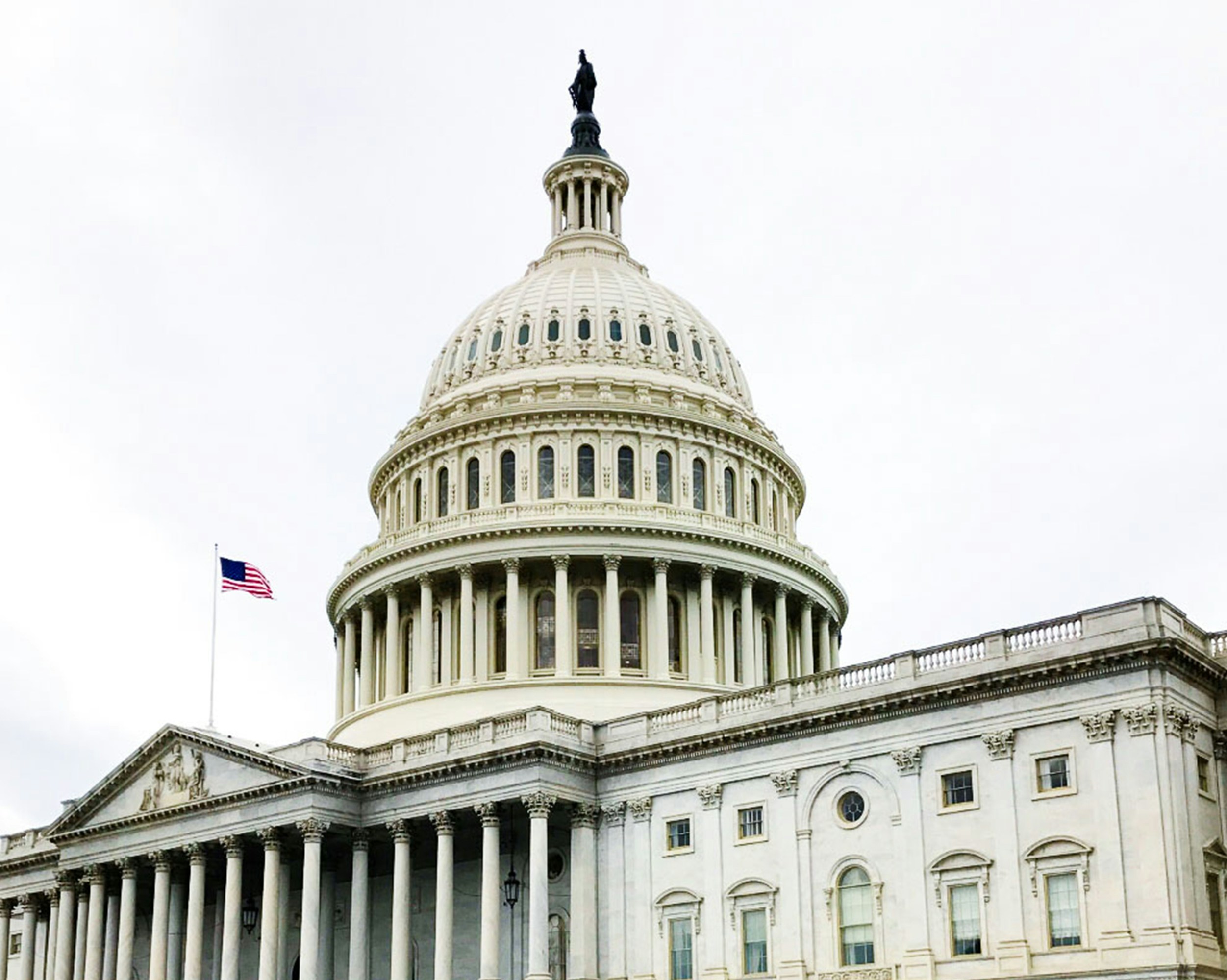
Amazing Amazon Union Victory
- Breaking News
On Friday, the independent Amazon Labor Union won an election at the company’s Staten Island, New York fulfillment center. The company has five days to file objections to the election. Some interesting facts:
- Out of 8,325 eligible voters, only 57.4% voted. This is about 30% below the usual participation in an on-site election.
- 2,654 voted for the union—that’s 31.8% of the total workforce. Thus, fewer than one third of the employees made a decision that covers 100% of the workforce. 2,131 voted against union representation.
- Out of the approximately one million Amazon employees nationally, this is the first group of employees to vote in a union in the company’s 27-year history.
If the results are certified, the question then becomes how will Amazon bargain – will it drive a hard bargain which may discourage unionization elsewhere? Will it seek a quick contract to avoid a possible strike and picketing?
Also on Friday, employees at Amazon’s Bessemer, Alabama location voted in a re-run election, ordered by the NLRB based on Amazon’s alleged campaign interference in the first election. The election outcome will be determined after the NLRB considers 416 challenged ballots. Some interesting facts:
- Out of 6,100 eligible voters, only 37.4% cast valid ballots – this was a mail ballot election and the voter participation was also about 30% below the usual in a mail ballot election.
- Thus far, 875 voted yes (for the union), 993 voted no (no union) and there are 416 challenged ballots. The company and union each challenged over 100 ballots. During the next several weeks, the NLRB will hear evidence from the union and company about each challenged ballot. The union needs a majority of votes to become certified, so unless the NLRB determines that at least 119 challenged ballots should be counted, the company will win the election. If so, the union will have five days to file objections to the company’s election conduct.
- In the April 2021 election, 738 voted yes, 1,798 voted no and there were 505 challenged ballots. Thus, company support declined by almost half in one year.
What are lessons learned for employers?
- It is often said in labor relations that employers who become unionized deserve it, and they deserve the union they get. Employees usually unionize as a last resort, when efforts to have workplace issues addressed within the organization are unsuccessful.
- The issues at both Amazon locations apply across several industries – pay, safety/health and workload. Unemployment is at a near-record low: 3.5%. Thus, staffing challenges will continue for the foreseeable future and that creates potential fatigue/safety issues. With inflation the highest it’s been in 50 years, many employers are reaching their limit on increasing pay.
- Public approval rate for unions is 68%, according to a Gallup survey, the highest it’s been since this survey began in 1965. The under 40-year-old workforce views unions more favorably, as surveys suggest those employees consider unions aligned with social, economic and environmental issues of concern to the employees.
- Still, remember that “all politics is local.” That is, regardless of the positive public perception of unions, regardless of labor’s apparent successes at Amazon and Starbucks, the question for an employee is “do I need/want a union here?” The answer to that question depends on employers, not unions.
- Be sure you have a firm handle on workplace concerns. Are employees informed and engaged about the business challenges and how to respond to them? Are employers providing for some weekend time off that employees can rely on? For example, one client has “Sacred Saturdays,” where unless there’s a natural disaster, employees can count on the day off.
- Be sure your supervisors and managers understand how unions work and organize, and the company rights to discuss why it’s important to remain union-free. Also include that discussion with your employees. Some employers are concerned that if they discuss this with employees, employees will become interested in a union. In response, one colleague made the analogy that “parents who do not talk to teenagers about sex become grandparents.”
For more information, consultation, or for additional comments about this topic, please contact Richard I. Lehr at RLehr@lehrmiddlebrooks.com or 205-323-9260.





